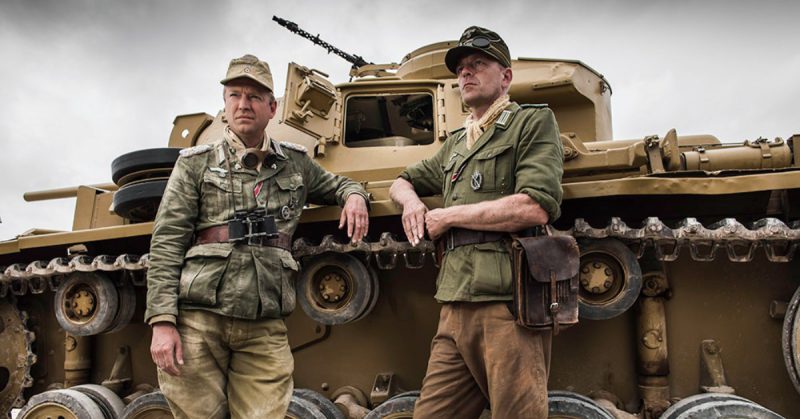The plan was for von Stauffenberg to arm the bombs, which were on timer fuses and hidden in briefcases, and then carry the two briefcases into the meeting.
Of the people around the world who wanted Adolf Hitler dead in July 1944, it turned out that the most immediate threat to his life would actually come from some of those closest to him in the German war command.
By this stage of the Second World War many of those in Hitler’s inner circle understood that the war was a lost cause, and realized that Hitler’s madness and bloodthirsty fanaticism were pushing their country into the abyss.
In a bold plot to wrest control of Germany from Hitler and the Nazi regime, officers of the Wehrmacht attempted to assassinate Adolf Hitler on July 20th, 1944 with a bomb placed in a briefcase. While it did explode near Hitler, it failed to kill him – but only just.
The attempt to assassinate Hitler was part of a larger plan on the part of Wehrmacht officers Colonel Henning von Tresckow, Lieutenant Colonel Claus von Stauffenberg, and General Friedrich Olbricht, among others, to seize power in Germany, depose the Nazi regime, and make peace with the Allies.
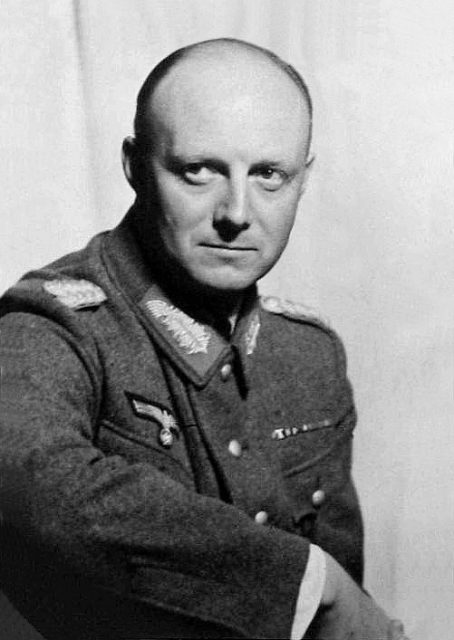
They realized that the only way to do this was to first kill Hitler and the most powerful and influential members of the Nazi Party. Operation Valkyrie was one part of this larger plan, but today the name is used to describe the whole plot.
The attempt they made on Hitler’s life on July 20th was not the first assassination attempt against the Fuhrer. Previously, von Stauffenberg and von Tresckow had tried a number of times to kill Hitler, but had had to abort every attempt.
The previous plots had included using hand grenades, a revolver and a bomb to kill him, and on five occasions between 1943 and 1944 they had almost come close enough to pulling it off.
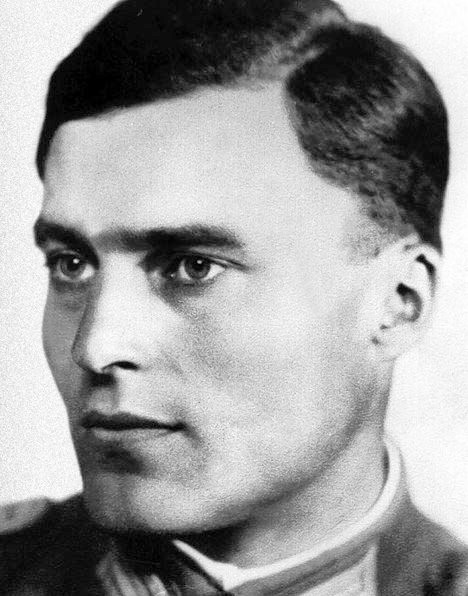
However, none of these previous attempts had ever gotten to the point of actually throwing a grenade or pulling the trigger of a gun; something had always come up at the last minute to force them to call the plot off. They knew they would only have one chance, and if there was any chance of failure at all they couldn’t risk going through with it.
So why then, if von Stauffenberg and von Tresckow were so cautious and well-prepared about their assassination plot, did their attempt on July 20th end up failing? The answer, frustratingly enough, comes down to plain old bad luck.
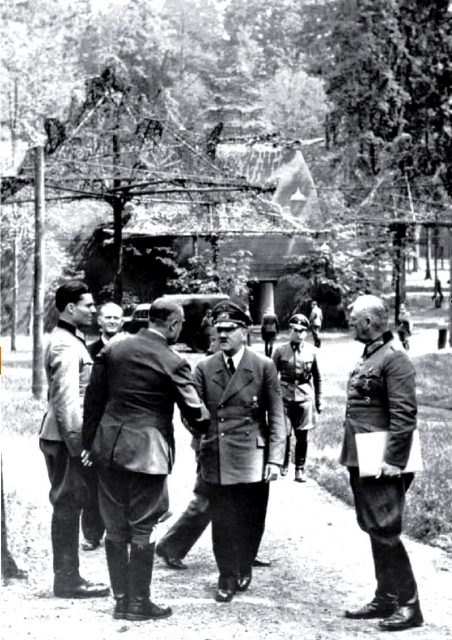
The fact was, Hitler and the senior members of the Nazi party were well aware of rebellious elements in the Wehrmacht, who were secretly (and sometimes not so secretly) opposed to Hitler’s rule and the ideals of the Nazi Party. The Fuhrer himself had grown increasingly paranoid over the years about the fact that many wanted him dead, and by the latter years of the war he rarely made public appearances or traveled to Berlin.
Hitler spent much of the later stages of the war in the Wolfsschanze (“The Wolf’s Lair”), his military headquarters on the Eastern Front. This was where the conspirators planned to assassinate him, and they hoped to kill Heinrich Himmler and Hermann Göring at the same time, effectively crippling the Nazi command.

While the underground bunker of the Wolf’s Lair was, as a reinforced bomb shelter, seemingly the safest place for Hitler and his war command to be, it would actually prove the most lethal place to detonate a bomb.
Because of the thick, reinforced walls, even a small blast inside the bunker was certain to kill everyone inside because the air pressure generated by the blast waves of the explosion would be lethal.
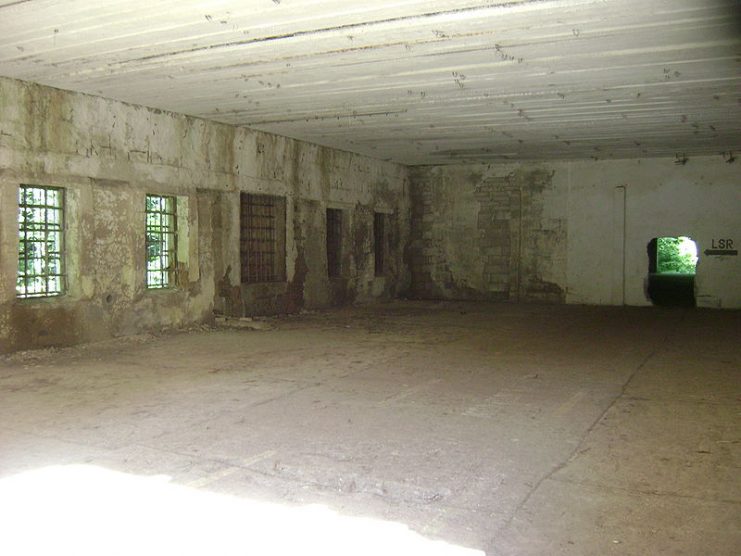
Thus, von Stauffenberg and von Tresckow planned to detonate not one but two explosives inside the bunker on July 20th, when Hitler and the most senior members of his command were having a meeting.
The plan seemed certain to succeed – but on that fateful day, a number of little details that really came down to nothing but chance ended up having enormous consequences for the plot.
The plan was for von Stauffenberg to arm the bombs, which were on timer fuses and hidden in briefcases, and then carry the two briefcases into the meeting, to which he had been invited. He would set the briefcases under the table, then exit the room on the pretext of needing to answer an urgent phone call. A minute or two after he left the bunker, the two bombs would go off, killing everyone inside.
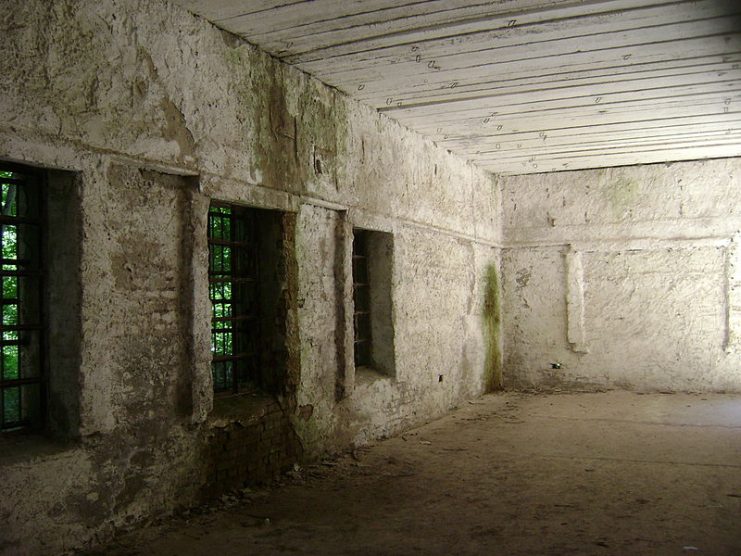
It seemed like a foolproof plan – but on the day, little things started to go wrong from the outset. Firstly, since the 20th was an unusually hot day, Hitler decided to have the meeting in a prefabricated cabin above ground, as the bunker was too stuffy.
This seemed like a minor mishap, but it was instrumental in the plot’s failure: the weak walls, windows, and doors of the cabin would blow out during the explosion and release the blast force, weakening the power of the explosion.

The second mishap came when von Stauffenberg was arming the bombs, which he did in the bathroom. A guard knocked insistently on the door, telling von Stauffenberg to hurry up and that he was late, which led to von Stauffenberg only arming one bomb instead of both. With both armed, even in the cabin the twin blasts may still have killed Hitler.
Still, von Stauffenberg was determined, after the failure of many previous attempts, to go through with this one. He armed one bomb, entered the cabin and took his place at the table, with only one person sitting between himself and Hitler.
He took his seat, slipped the briefcase under the table, and then shortly after this excused himself, saying he had an urgent phone call to answer.
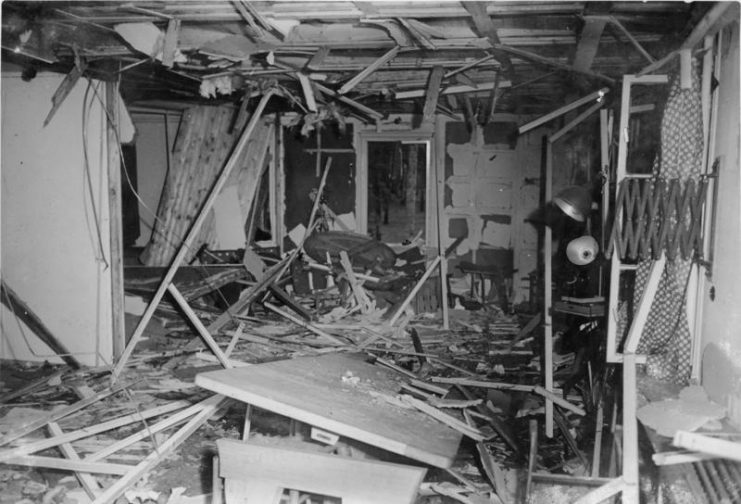
This was when the element of luck really came into play, and ended up saving Hitler’s life. When von Stauffenberg left the room, another officer, Colonel Heinz Brandt, took his place – and, finding von Stauffenberg’s briefcase near his feet, shifted it a few inches away. This little shift of placement, however, was the factor that saved Hitler’s life.
Hitler and his officers were all seated at a large wooden conference table, and the table was supported in the middle by a thick oak leg.
Brandt shifted the briefcase from one side of the oak leg to the other – and by doing so, placed the oak leg between Hitler and the bomb. When the bomb exploded a few minutes later, the oak leg absorbed much of the force of the blast – and saved Hitler’s life.
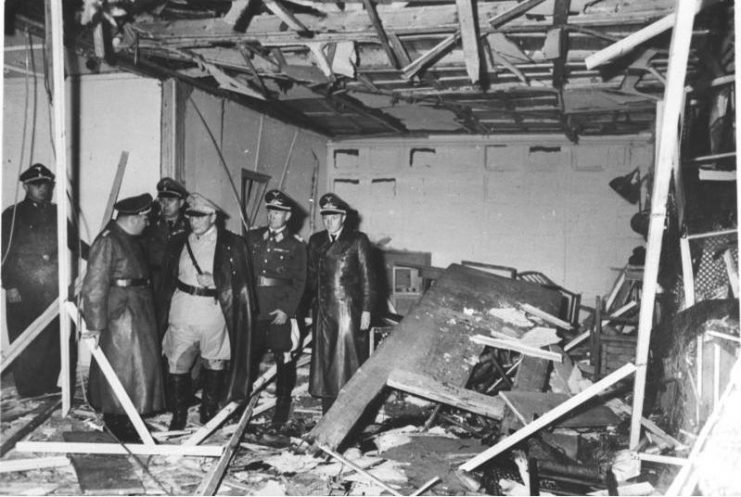
Four people were killed, but Hitler survived, albeit with a wounded leg and a blown-out eardrum. Hitler’s reprisals after this assassination plot were swift and brutal. More than 7,000 people were arrested, and almost 5,000 were executed. Von Stauffenberg, von Tresckow and other key plotters were shot by firing squad, while others were put to death by slow strangulation – with these executions being filmed so that Hitler could watch them.
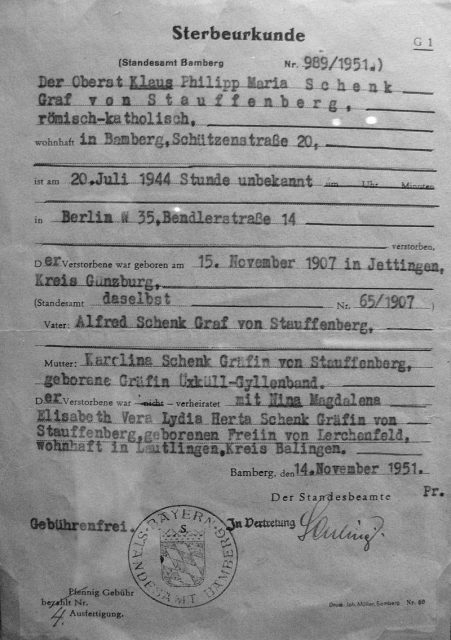
Read another story from us: What Would Have Happened to Him if The Soviets Had Captured Hitler?
How might history have changed had that briefcase not been moved just a few inches? It is likely that millions of lives would have been spared, and the Second World War would have ended a year sooner than it did. However, as the failure of Operation Valkyrie shows, even the most carefully thought-out plans can become completely unraveled by the simple element of luck.
